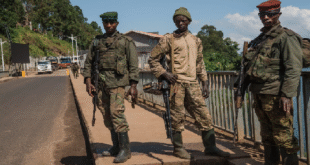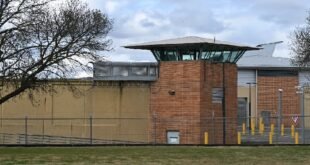11-09-2025
Bureau Report + Agencies
NEW DELHI: On February 15, thousands of men, women and children scrambled to board trains at New Delhi railway station, bound for the pilgrimage city of Prayagraj, which was playing host to the Kumbh Mela festival, one of Hinduism’s holiest gatherings.
 A deadly stampede followed, and 18 people died.
A deadly stampede followed, and 18 people died.
Yet, in the aftermath, India’s Ministry of Railways did not only focus on rescue efforts, investigations into crowd management and compensation for families of victims. It had another concern, too; fighting social media posts that criticized the government over the incident.
The ministry used a government platform known as Sahyog to issue notices to a range of social media companies, including Meta and Google, which owns YouTube, demanding they pull down posts that the Indian government deemed detrimental to law and order. Most platforms complied: the government has threatened that those who do not, risk losing what is known as their “intermediary immunity” status, which shields them from legal liability for the content posted on their sites.
Until late last year, such takedown notices were issued solely by two federal ministries: the Ministry of Electronics and Information Technology (IT), and the Ministry of Information and Broadcasting (I&B) but in October 2024, the government of Prime Minister Narendra Modi launched the Sahyog platform, extending the power to issue takedown demands to all federal and state government agencies, and even district-level officials and the police.
Since then, officers at these multiple levels of government and bureaucracy have sought the removal of content from 3,465 URLs in India, in nearly 300 demands they have submitted through Sahyog, data obtained by media through the country’s Right to Information Act reveals.
It is early days, and these numbers are not yet huge but analysts say they point to how the tentacles of India’s censorship apparatus are spreading deeper, at a time when the country is already facing growing questions over its alleged crackdown on public speech.
 Media sought responses from the IT and I&B ministries to allegations of deepening censorship but has not yet received a response.
Media sought responses from the IT and I&B ministries to allegations of deepening censorship but has not yet received a response.
Historically, officials at the IT and I&B ministries have relied on Section 69a of the Information Technology Act, 2000, to demand that social platforms pull down content.
Section 69a authorizes the government to block public access to any online information, citing the country’s sovereignty, security, public order, or similar grounds, by issuing takedown orders to intermediary companies.
The government has drawn mounting criticism in recent years for a lack of transparency in issuing takedown orders, and has been challenged repeatedly in court. In two judgements in 2015 and 2020, the Supreme Court of India upheld the constitutionality of Section 69a, but stressed that blocking orders must be narrowly tailored, subject to procedural safeguards, and not used to impose blanket restrictions.
With Sahyog, the Modi government has turned to a new legal provision: Section 79 of the IT Act.
The new platform operates under Section 79(3) (b), which states that intermediaries (tech companies) would lose immunity if they fail to remove unlawful content upon government notification.
 Pressmediaofindia
Pressmediaofindia




